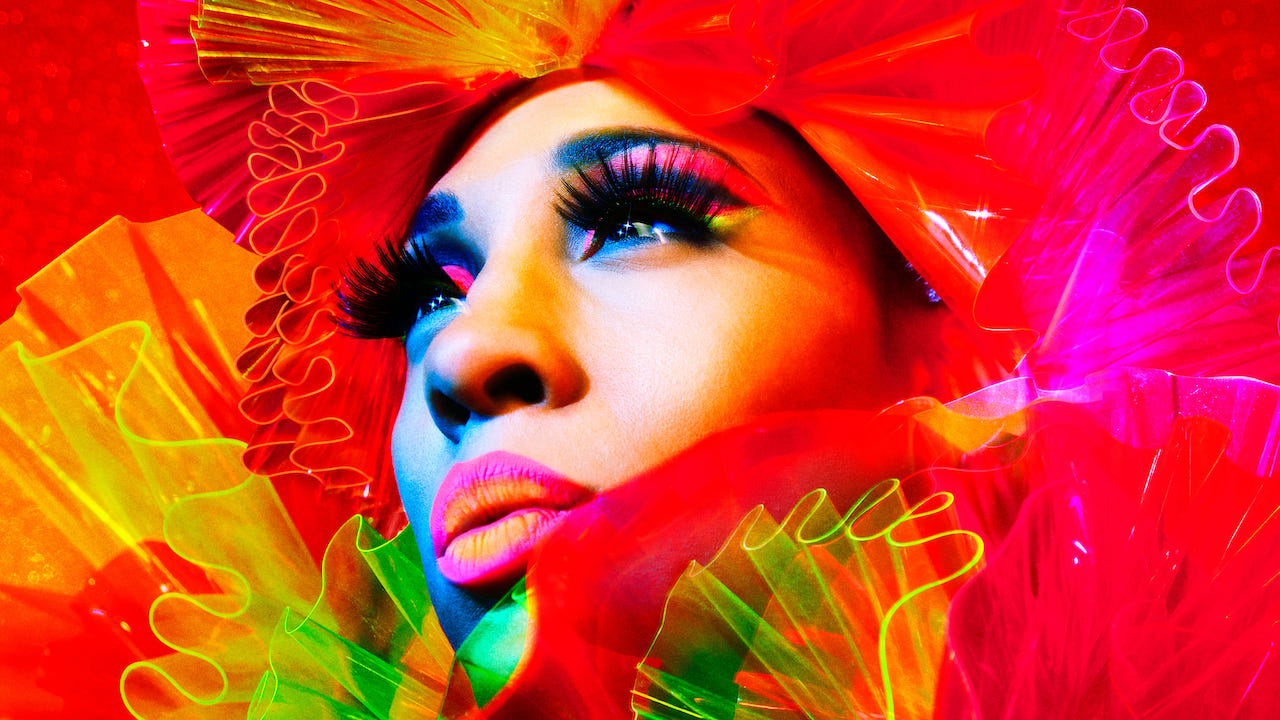Writing for other identities and demographics can be a challenging undertaking when a writer does not belong to that identity group themselves. In the instance of writing for marginalized groups, it’s easy and valid to question if it’s ever okay to write for a character if the writer does not also identify with said group. Conversely, there are instances of writers successfully speaking to and creating narratives that accurately represent characters from different groups.
However, in recent years, the subject of how best to write for and otherwise represent LGBTQ+ characters specifically in film and television has been particularly complex.
What makes representation of LGBTQ+ characters good? And, conversely, what makes it bad? Let’s take a look at some case studies that explore this issue, as well as some examples that speak to the ever-evolving nature of this question.
Monolithic Representation
First and foremost, it’s important in dissecting the issue of LGBTQ+ representation in media to acknowledge that positive and negative representation looks different to everybody. The LGBTQ+ community (or any community for that matter) is not a monolith, and neither are the characters that represent them. The specific issues that come with representing trans characters, gender nonconforming or nonbinary characters, queer characters, gay, bisexual, and lesbian characters are often singular to the group a writer is trying to represent.
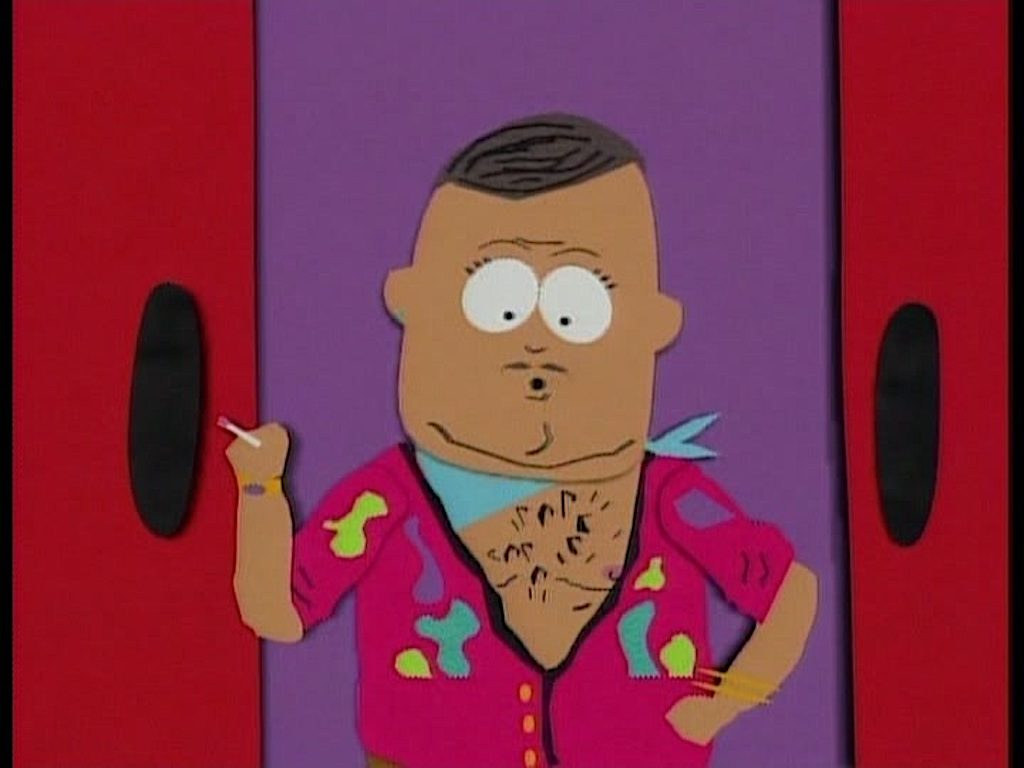
Big Gay Al in South Park. Photo courtesy of Comedy Central
However, there are some broader strokes issues worth addressing when it comes to the representation of LGBTQ+ characters. For one, many issues of poor representation in the past few decades stem from purposeful or inadvertent reliance on stereotypes.
In writing LGBTQ+ characters, it’s imperative to avoid the pitfalls of depending on stereotypes, hackneyed tropes, or stock characters in crafting LGBTQ+ characters. Not only are these tropes reductive and lazy, but they can also be harmful to the LGBTQ+ community at large. While this may seem obvious, dozens of pieces of film and television have fallen into this trap in a variety of ways. Let’s take a look at some examples.
Subverting Stereotypes
In examining the representation of LGBTQ+ characters, particularly as it pertains to harmful stereotypes, a helpful case study to look at is the comparison of a show like Pose to a show like Nip/Tuck, specifically with regards to how these shows represent transgender characters. In recent years, Pose has often been celebrated for its broad array of transgender characters portrayed by transgender actors. The series has also benefited greatly by the inclusion of transgender producers and other LGBTQ+ identifying creatives, all of whom are able to contribute their lived-in experiences towards the overall authenticity of the series. Additionally, Pose has featured several storylines that actively subvert negative stereotypes regarding queer and transgender people, namely regarding negative stereotypes pertaining to HIV status.
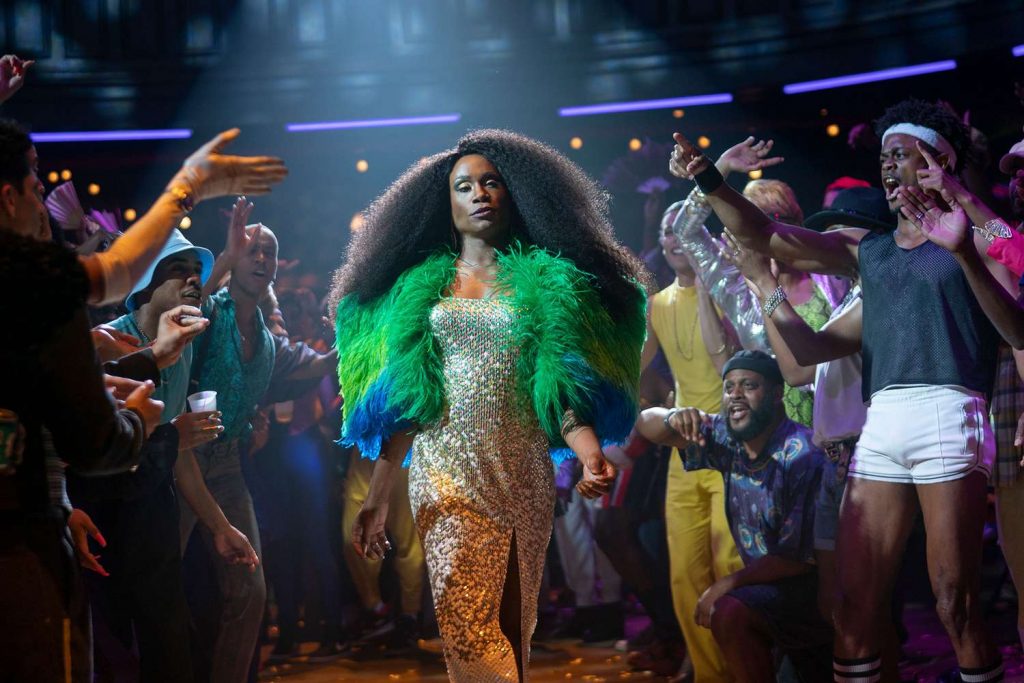
Pray Tell (Billy Porter) in Pose. Photo by Steve Granitz
Conversely, in a show like Nip/Tuck, several transgender characters throughout the series are portrayed as either psychopathic, deceptive, or even regretful of their transition. These types of storylines stand in opposition to Pose, as they (intentionally or not) perpetrate harmful stereotypes regarding transgender individuals. And yet, both of these shows have producorial overlap in the form of Ryan Murphy and Brad Falchuk.
This indicates that Murphy and Falchuk, not identifying as transgender themselves, were capable of creating both negative and positive representations of transgender and other LGBTQ+ characters. Of course, a show like Pose also has the influence of other transgender creatives at the helm, like Our Lady J, a transgender producer and writer, in addition to its predominantly transgender cast. However, the difference in these two examples mainly pertains to the issue of avoiding and actively subverting harmful stereotypes, and not just the issue of representation in bringing together an authentic creative team.
Full Lives
Though a subtler issue surrounding LGBTQ+ representation, another element worth considering when crafting LGBTQ+ characters has to do with creating full personal lives for characters. Sexuality is only a part of their humanity. In many ways, this also connects back to the issue of stereotyping and stock characterization, as many of these tropes rely on characters who are either hypersexualized, cartoonishly flamboyant, or over-simplified. In examining these trends, it’s worth noting the differences between projects like Brooklyn Nine-Nine and The Prom.
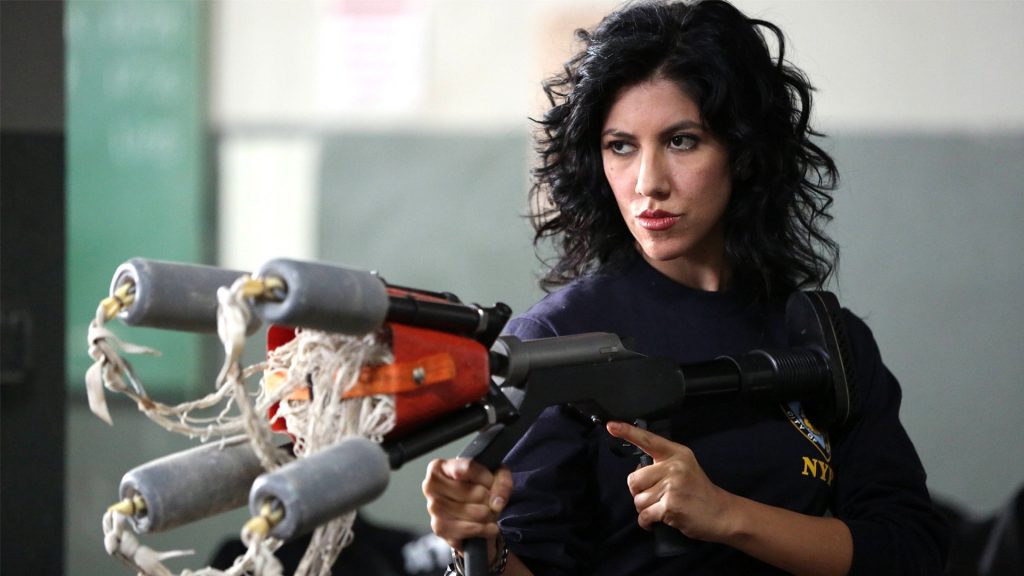
Rosa Diaz (Stephanie Beatriz) in Brooklyn Nine-Nine. Photo courtesy of NBC
In Brooklyn Nine-Nine, several characters on the show are gay or bisexual, with Captain Raymond Holt (Andre Braugher) identifying as a gay man and Rosa Diaz (Stephanie Beatriz) identifying as bisexual. These characters both provide excellent portrayals of LGBTQ+ characters, mainly due to their full-fledged personal lives. Holt is, of course, in a loving committed partnership with his spouse Kevin (Marc Evan Jackson), and Rosa has multiple relationships with both men and women throughout the course of the series that are deeply explored, and highly complex. Not only that, but both of these characters’ personal lives actively subvert outdated stereotypes about gay men and bisexual women, namely that gay men and bisexual women are hypersexual, sleep around, or cheat.
Conversely, in examining a film like The Prom, the character of Barry Glickman (James Corden) often relies on reductive or oversimplified characteristics ascribed to gay men. Additionally, while Glickman has hints at a backstory, his personal life is rather shallow, and we get very few insights into his personality outside of his love of musical theater, fashion sense, and flamboyant tendencies. While these traits being ascribed to a gay man aren’t inherently bad by themselves, relying on them heavily for characterization purposes in conjunction with an underdeveloped personal life and backstory can create a perfect storm of poor and one-dimensional representation.
Tokenism
Another pitfall to note when it comes to representing LGBTQ+ characters has to do with tokenism. In recent years, many series and movies have come under fire for including “edit out” representations of LGBTQ+ characters–in other words, characters whose queer identities lift out of the story with no ramifications. Take a movie like Lightyear for example, which features a same-sex kiss with Alisha Hawthorne (Uzo Aduba) and her wife Kik0 Hawthorne. Though this would confirm that certain characters in the film are canonically queer, the kiss essentially lifts or “edits out” of the film with no impact on the larger narrative. This is an example of tokenism.
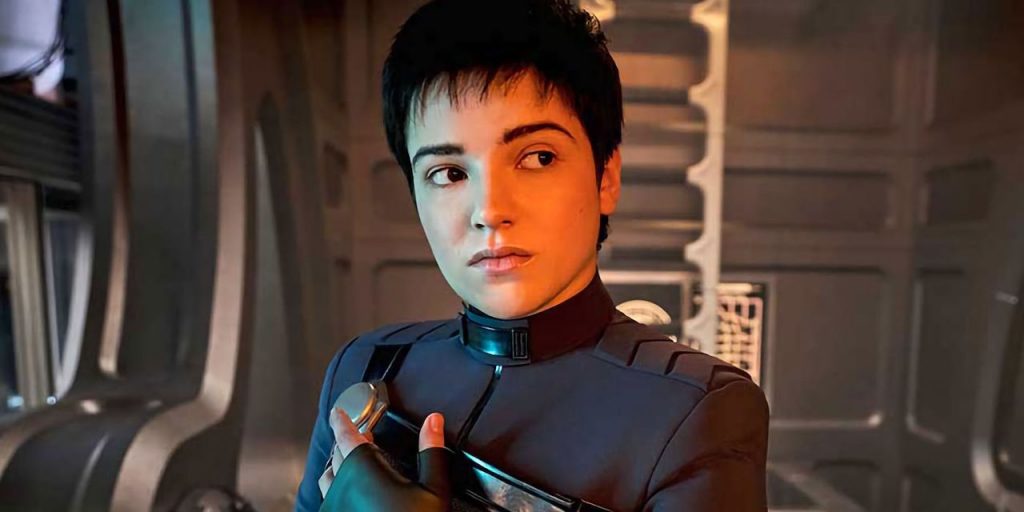
Adira (Blu del Barrio). Photo courtesy of Paramount +)
Conversely, consider a show like Star Trek: Discovery, which features the nonbinary character Adira, played by nonbinary actor Blu del Barrio. Unlike Lightyear, Adira’s storyline regarding their nonbinary identity does not lift out, and is discussed and explored in the context of the show. This type of representation successfully subverts the pitfall of tokenism.
Additionally, on the subject of tokenism, one way to combat this issue (while rather obvious) is to include multiple LGBTQ+ characters in a film or TV series as opposed to just one, particularly if the piece you’re writing is meant to examine themes regarding LGBTQ+ identity. An excellent recent example of this would be the new series adaptation of A League of Their Own, which features multiple characters who identify as lesbians, all of whom are main characters with specific storylines that drive the action of the series. None of these characters are relegated to side-stories or subplots, and are featured consistently and, similarly, do no “edit out.”
In sum, working to subvert stereotypes, as well as working to avoid tokenism, are both highly important elements to consider when writing for LGBTQ+ characters, particularly if the writer does not identify as LGBTQ+ themselves. Additionally, working to create fully fleshed out backstories and personal lives augments an LGBTQ+ character’s overall authenticity. And, while belonging to or identifying with an LGBTQ+ subgroup can be important, there are examples of writers speaking to these experiences thoughtfully despite not belonging to the group themselves.
Though the specificity of creating authentic LGBTQ+ characters has particular pitfalls worth avoiding, it’s also worth highlighting that creating authentic LGBTQ+ characters is quite similar to creating authentic characters in general. When crafting any character, it’s best to avoid tropes, stereotypes, and stock characterizations. Additionally, as a writer, it’s important to make sure a character’s storyline doesn’t “edit out” without any ramifications on the plot, and it’s imperative to create fully fleshed-out characters with rich personal lives and backstories. Internalizing these concepts will not only help any writer create authentic LGBTQ+ characters, but better, more fully realized characters as a whole.
